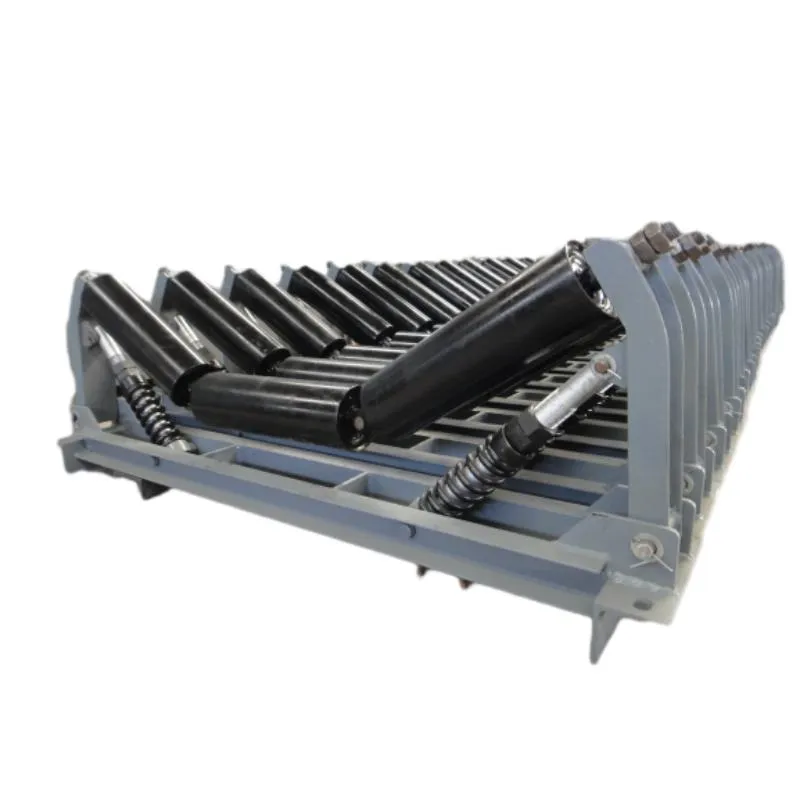 Afrikaans
Afrikaans  Albanian
Albanian  Amharic
Amharic  Arabic
Arabic  Armenian
Armenian  Azerbaijani
Azerbaijani  Basque
Basque  Belarusian
Belarusian  Bengali
Bengali  Bosnian
Bosnian  Bulgarian
Bulgarian  Catalan
Catalan  Cebuano
Cebuano  Corsican
Corsican  Croatian
Croatian  Czech
Czech  Danish
Danish  Dutch
Dutch  English
English  Esperanto
Esperanto  Estonian
Estonian  Finnish
Finnish  French
French  Frisian
Frisian  Galician
Galician  Georgian
Georgian  German
German  Greek
Greek  Gujarati
Gujarati  Haitian Creole
Haitian Creole  hausa
hausa  hawaiian
hawaiian  Hebrew
Hebrew  Hindi
Hindi  Miao
Miao  Hungarian
Hungarian  Icelandic
Icelandic  igbo
igbo  Indonesian
Indonesian  irish
irish  Italian
Italian  Japanese
Japanese  Javanese
Javanese  Kannada
Kannada  kazakh
kazakh  Khmer
Khmer  Rwandese
Rwandese  Korean
Korean  Kurdish
Kurdish  Kyrgyz
Kyrgyz  Lao
Lao  Latin
Latin  Latvian
Latvian  Lithuanian
Lithuanian  Luxembourgish
Luxembourgish  Macedonian
Macedonian  Malgashi
Malgashi  Malay
Malay  Malayalam
Malayalam  Maltese
Maltese  Maori
Maori  Marathi
Marathi  Mongolian
Mongolian  Myanmar
Myanmar  Nepali
Nepali  Norwegian
Norwegian  Norwegian
Norwegian  Occitan
Occitan  Pashto
Pashto  Persian
Persian  Polish
Polish  Portuguese
Portuguese  Punjabi
Punjabi  Romanian
Romanian  Russian
Russian  Samoan
Samoan  Scottish Gaelic
Scottish Gaelic  Serbian
Serbian  Sesotho
Sesotho  Shona
Shona  Sindhi
Sindhi  Sinhala
Sinhala  Slovak
Slovak  Slovenian
Slovenian  Somali
Somali  Spanish
Spanish  Sundanese
Sundanese  Swahili
Swahili  Swedish
Swedish  Tagalog
Tagalog  Tajik
Tajik  Tamil
Tamil  Tatar
Tatar  Telugu
Telugu  Thai
Thai  Turkish
Turkish  Turkmen
Turkmen  Ukrainian
Ukrainian  Urdu
Urdu  Uighur
Uighur  Uzbek
Uzbek  Vietnamese
Vietnamese  Welsh
Welsh  Bantu
Bantu  Yiddish
Yiddish  Yoruba
Yoruba  Zulu
Zulu Affordable Bend Pulley Prices for Your Next Project
Understanding Bend Pulley Prices A Comprehensive Guide
In the world of mechanical engineering and industrial applications, bend pulleys play a crucial role in ensuring the smooth functioning of conveyor systems, belt drives, and various machinery. As with any industrial component, the price of bend pulleys can vary significantly based on several factors including materials, design, application, and manufacturer. In this article, we will explore the various elements that influence bend pulley prices, helping you to make informed decisions whether you’re a buyer, engineer, or a business owner.
What is a Bend Pulley?
A bend pulley is a type of pulley that is used to change the direction of a belt in a mechanical system. It is an essential component in conveyor systems where belts need to navigate corners or changes in elevation. Bend pulleys come in various designs depending on the application, ranging from small units used in light-duty machines to large, heavy-duty pulleys for industrial setups.
Factors Influencing Bend Pulley Prices
1. Material Quality The materials used to manufacture bend pulleys drastically affects their price. Common materials include steel, cast iron, and engineering-grade plastics. Steel and cast iron tend to be more expensive due to their strength and durability, making them suitable for heavy-duty applications. On the other hand, lighter materials may be used for lower-demand environments, resulting in lower costs.
2. Design and Engineering Custom-designed bend pulleys often command higher prices than standard models. Engineering considerations such as load capacity, dimensions, and specific application requirements can lead to increased costs. Manufacturers may also invest in R&D to develop pulleys that offer better performance and longevity, which can further influence pricing.
3. Size and Specifications The size of the bend pulley is another key factor. Larger pulleys often require more material and machining, leading to higher costs. Additionally, specific requirements such as corrosion resistance, temperature tolerance, or specialized finishes can also affect the final price.
bend pulley price

4. Manufacturer and Brand Reputation Established brands with a history of reliability and quality assurance tend to have higher prices compared to lesser-known manufacturers. Customers often consider this a long-term investment, opting for quality and durability even if it comes at a premium price.
5. Market Demand and Supply As with any commodity, the prices of bend pulleys can fluctuate based on market demand and supply. Economic conditions, material shortages, or increased demand in specific industries can cause prices to rise. Conversely, overproduction or decreased demand may lead to lower prices.
Estimating Cost
When budgeting for bend pulleys, it is also essential to consider additional costs such as shipping, installation, and maintenance. While a cheaper pulley might seem appealing, it often pays off to invest in quality components that offer better longevity and reduced maintenance costs.
It’s advisable to reach out to multiple suppliers and compare prices based on similar specifications. Online marketplaces and engineering supply companies often provide a range of products, making it easier to gauge a reasonable price point.
Conclusion
In summary, understanding the intricacies of bend pulley pricing involves analyzing several factors including material quality, design, size, and market dynamics. By considering these elements, buyers can make informed choices that align with their operational needs and budget constraints.
As industries evolve and technology advances, the demand for effective and reliable mechanical components like bend pulleys will undoubtedly continue to grow. While evaluating options, remember that investing in quality often results in better performance and lower long-term costs. Conduct thorough research and consult with industry professionals to find the right bend pulley that fits your specific requirements and budget. Thus, ensuring a balance between cost and quality will enhance operational efficiency and durability in any project.
-
Revolutionizing Conveyor Reliability with Advanced Rubber Lagging PulleysNewsJul.22,2025
-
Powering Precision and Durability with Expert Manufacturers of Conveyor ComponentsNewsJul.22,2025
-
Optimizing Conveyor Systems with Advanced Conveyor AccessoriesNewsJul.22,2025
-
Maximize Conveyor Efficiency with Quality Conveyor Idler PulleysNewsJul.22,2025
-
Future-Proof Your Conveyor System with High-Performance Polyurethane RollerNewsJul.22,2025
-
Driving Efficiency Forward with Quality Idlers and RollersNewsJul.22,2025





























